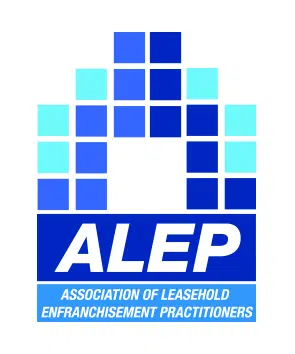Over recent years there has been much press coverage discussing the rising cost of renting. According to the Office for National Statistics (ONS) the cost of renting was 13.7% higher in October 2016 compared to January 2011. Even excluding London (which many property professionals treat as a property market in and of itself) rents are 9.4% higher according to the ONS.
Whilst rising rents is good news for landlords, it is important that if a landlord is considering increasing the rent they are charging a tenant that this is done properly so as to avoid disputes and falling foul of the law.
Most residential tenancies are now assured shorthold tenancies (ASTs) which are typically granted for a fixed term of 6 months or a year. If the rent payable under an AST is to be increased, the landlord must follow a set procedure. The following is a brief overview of how and when landlords can increase rent for assured shorthold tenants:
As these are typically usually granted for a period of 6 months or a year, it is generally accepted that there will be no rent increase during the fixed term. However, if a landlord wishes to reserve the option of increasing rent during the term, they should include a specific clause in the tenancy agreement providing for a rent review and increase during the fixed term period. This then reserves the landlord’s contractual right to increase the rent. Where an AST is granted for longer than a year, perhaps two years, it is common for there to be a clause providing for an increase in rent at the one year point. This protects the landlord against inflationary pressures but still provides the tenant with the added security of a longer tenancy period.
In the absence of such a clause, the tenant’s agreement would be required before the rent could be increased. This must be sought in written form, providing the landlord with the ability to produce evidence should there be a dispute in future. Landlords should not increase the rent being charged based solely on a verbal agreement with the tenant. This may seem obvious to the experienced landlord, but documenting such items is not every landlord’s strongpoint.
If there is no fixed term or the original fixed term has ended but the landlord continues to rent the property to the tenant without a new AST having been signed, then the tenant may have a statutory periodic assured shorthold tenancy.
Give notice to end the tenancy (by serving a valid Section 21 Notice) but then immediately offer the tenant a new tenancy with a revised rent;
The tenant could simply agree to the rent increase;
The landlord gives written notice of the proposed rent increase. The tenant could challenge the proposed rent increase by applying to the First-tier Tribunal Property Chamber.
Importantly, in the case of a periodic assured shorthold tenancy, a landlord may be able to increase rent after the fixed term has expired if there is a clause in the original tenancy agreement providing for a contractual periodic tenancy, following the fixed term.
Holmes & Hills Solicitors’ Landlord & Tenant Law specialist, David Dixey, provides legal advice to landlords across Essex and Suffolk covering a wide range of legal issues affecting them.






A Mackman Group collaboration - market research by Mackman Research | website design by Mackman